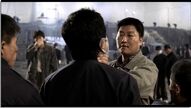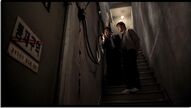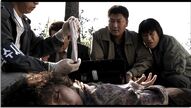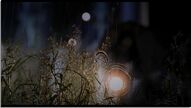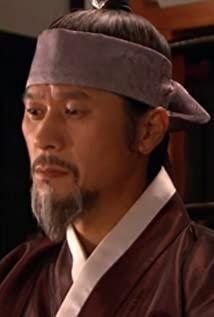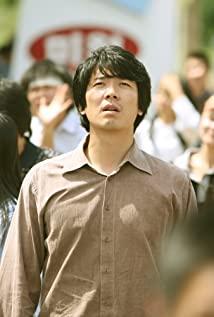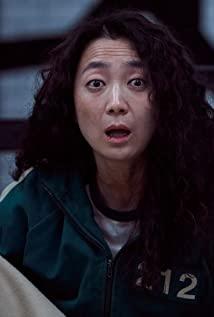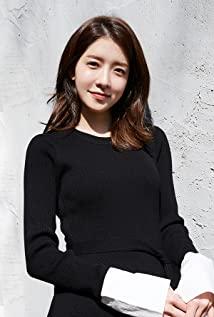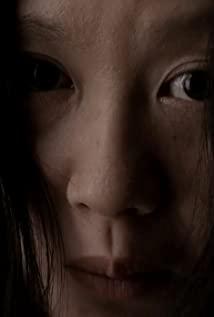The first official picture given in the film is quite meaningful in retrospect: a seemingly stupid boy is standing in a wheat field and staring somewhere in front of him. After a while, the kid stretched out his hand and caught a grasshopper on the wheat ears in front of him. This grasshopper is extremely unobtrusive in the first picture, because its color is very similar to the surrounding wheat ears, and the focus of the lens deliberately ignores it, until the next picture, the audience will not understand The boy's attention was originally on the grasshopper. These two seemingly insignificant shots actually hinted at the ending of the movie early in the morning.
At the end of the movie, the detective Song Kanghao, who had changed jobs in 2003, revisited his hometown. He happened to learn from a little girl that a person had come back not long ago (at the scene of a certain crime). Song became excited and asked what that person looked like. The girl curled her lips and said: Very ordinary, just a very ordinary look. The camera turns to Song, a long facial close-up: the policeman has a complicated expression and tears in his eyes. From the subtitles, the background is still a beautiful blue sky and wheat fields, but with less splendor and more haze. In the last meaningful scene, many people said it was implying that Song had guessed the prisoner, but all I felt was that he felt endless despair once again. Those faces with ordinary looks that can't make an impression are just like the grasshopper drowning in a large wheat field at the beginning. This unsolvable case will be a brand in his life, accompanied by nightmare pain and resentment, unable to get rid of it, and always with him.
View more about Memories of Murder reviews



